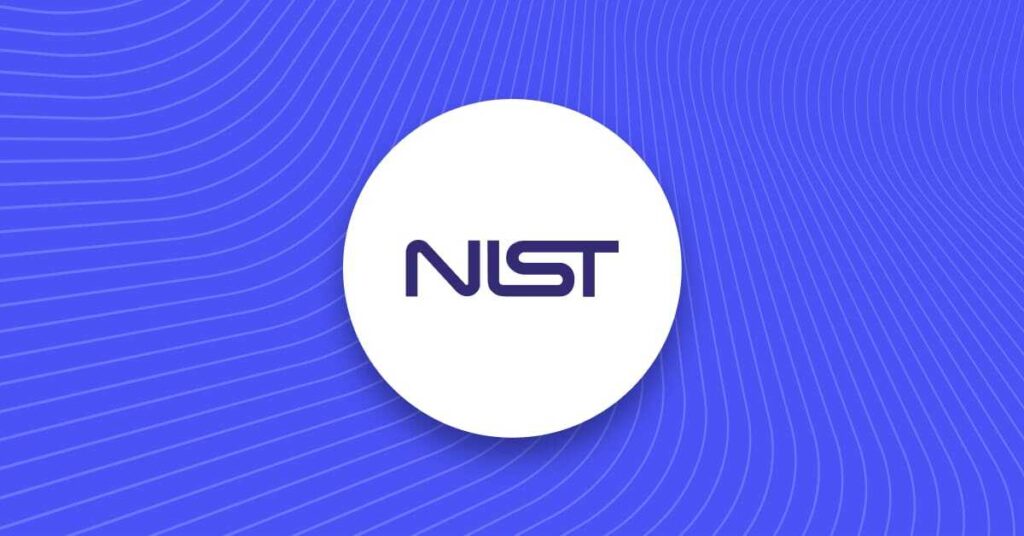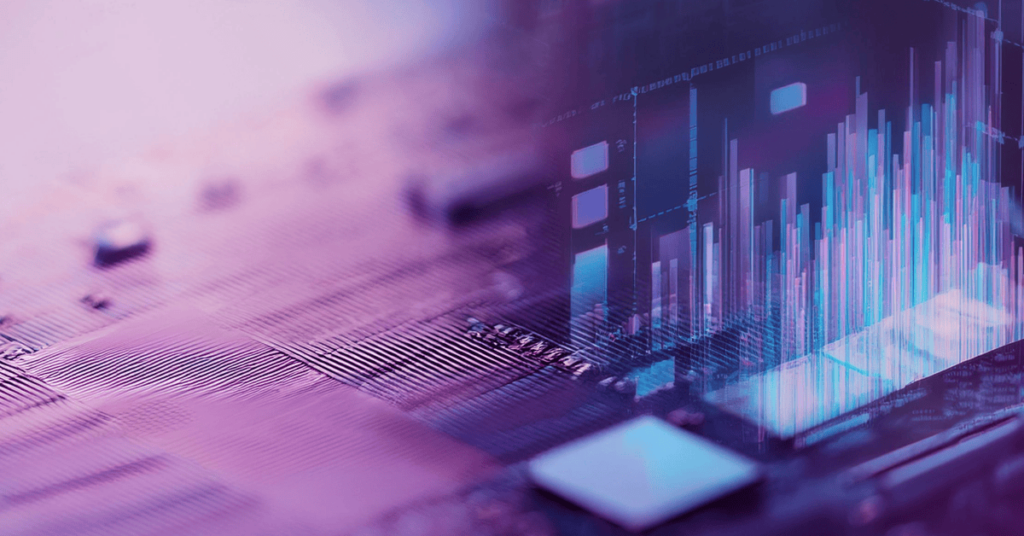
In the ever-evolving landscape of digital security, a significant yet nascent challenge is emerging: deepfake fraud. Deepfakes, sophisticated synthetic media where a person's likeness is replaced with someone else's, are becoming increasingly common and convincing. Our latest analysis of identity fraud attacks shows a 31x increase in deepfake fraud from 2022 to 2023. This is particularly concerning in the realm of identity verification, where the integrity of personal identification is paramount. Increasingly, businesses are using identity verification that integrates advanced AI technologies including biometric verification to combat deepfake fraud, ensuring the security and trustworthiness of IDV processes.
Understanding deepfake technology
Deepfake technology leverages AI and machine learning algorithms to create hyper-realistic videos or audio recordings. This technology can manipulate facial features, voice, and body movements, making it challenging to distinguish between real and fabricated content. While there are benign applications, such as in the entertainment industry, the potential for malicious use in fraud and identity theft is a significant concern.
The rise of deepfakes in fraud and identity theft
The use of deepfake technology in fraudulent activities is on the rise. Our latest annual Identity Fraud Report shows that a small number of fraudsters are responsible for the majority of deepfake attacks. A single fraudster will submit tens or hundreds of deepfaked identities in a short space of time. Cybercriminals are increasingly employing deepfakes to bypass biometric security measures, impersonate individuals, and commit identity theft. This poses a severe threat to both individuals and organizations, as traditional methods of identity verification may not be sufficient to detect these sophisticated fakes.
Our research shows that average biometric fraud rates in 2023 are 2x what they were in 2022. As biometrics have become more widely adopted as a means of defense, fraudsters are starting to target them more frequently. We also see that video spoofs now account for 80% of attacks against biometric defenses – another indicator that deepfakes are a rising threat to identity verification systems.
However, biometric verification is still one of the most secure ways to detect and prevent fraudulent attempts since biometric verification sees 3x fewer fraudulent attempts than documents. Businesses and identity verification providers alike should leverage the latest defense models, including verification that incorporates AI and liveness, like Onfido Motion.
The critical role of AI in combating deepfake fraud
Artificial Intelligence (AI) is the key weapon in the battle against deepfake fraud. You can think of it as an “AI vs AI showdown.” We can train AI algorithms to recognize the subtle differences between authentic and synthetic images or videos. Sophisticated AI models can detect these differences, which are often imperceptible to the human eye.
AI and biometric analysis
In biometric analysis, AI algorithms are used to verify a person's identity based on their unique physical characteristics, such as facial features, voice, or fingerprints. However, with the advent of deepfakes, these biometric systems need to be more robust and intelligent. AI-driven biometric systems can analyze minute details in facial expressions, skin texture, and even micro-movements that are typically inconsistent in deepfakes. “Only defensive AI that’s trained on the latest attack vectors at scale can keep up with the evolving threat landscape,” according to Onfido’s Senior Fraud Specialist, Simon Horswell.
Machine learning in detecting irregularities
Machine learning, a subset of AI, plays a crucial role in identifying irregularities in digital content. By training on vast datasets of both real and fake media, machine learning models can learn to differentiate between the two with high accuracy. This training enables the AI to detect anomalies that are characteristic of deepfakes, such as unnatural blinking patterns or inconsistent lip movements.
But to train machine learning models to recognize both ‘good’ and ‘bad’ submissions in production, lots of data samples are needed.
According to Vincent Guillevic, Head of Fraud Lab at Onfido, “a machine learning model needs around 3,000 fraud samples for effective training. Obtaining these quantities in a short space of time used to be near impossible, which left businesses exposed. Our Fraud Lab enables real-time data analysis for fraud specialists to identify fraud patterns and emerging trends, while allowing us to create as many as 10,000 synthetic IDs in as little as 30 minutes, so we can now train and benchmark our algorithms quickly and cost-effectively, to provide best-in-class fraud prevention.”
Continuous learning and adaptation
One of the strengths of AI in fighting deepfake fraud is its ability to continuously learn and adapt. As deepfake technology evolves, so too do the AI algorithms designed to detect them. This ongoing adaptation is crucial in maintaining a step ahead of fraudsters using deepfakes.
The role of AI in Onfido's identity verification solutions
At Onfido, our AI-powered verification tools are designed to detect and flag potential deepfake attempts. By combining biometric verification, machine learning fraud detection, and continuous algorithm updates, the Onfido Real Identity Platform offers robust protection against the risks posed by deepfake technology.
The future of AI in identity verification
Looking ahead, AI's role in detecting and preventing deepfake fraud is set to become even more critical. As AI technology advances, we can expect more sophisticated and nuanced detection methods. At Onfido, we are committed to continuously improving our AI-driven solutions to ensure the highest level of security in identity verification.
Emphasizing ethical AI use
While advancing AI technology to fight fraud, it's also essential to prioritize ethical considerations. Ensuring that AI systems are transparent, accountable, and mitigating bias is crucial in maintaining public trust and ensuring fair and equitable treatment of individuals.
The challenge posed by deepfake fraud is significant but not insurmountable. With advanced AI and machine learning technologies, partnering with Onfido can equip your business to detect and prevent these fraudulent activities. By continually enhancing our AI-driven identity verification solutions, we are committed to safeguarding individuals and organizations from the threats posed by deepfakes, ensuring a secure and trustworthy digital environment.
Take a deeper dive into the latest fraud trends and research including recommendations to keep your business safe from deepfakes in our annual Identity Fraud Report.
Or hear how to stay ahead of sophisticated fraud, direct from the experts, in our on-demand webinar Fraud Predictions for 2024.






